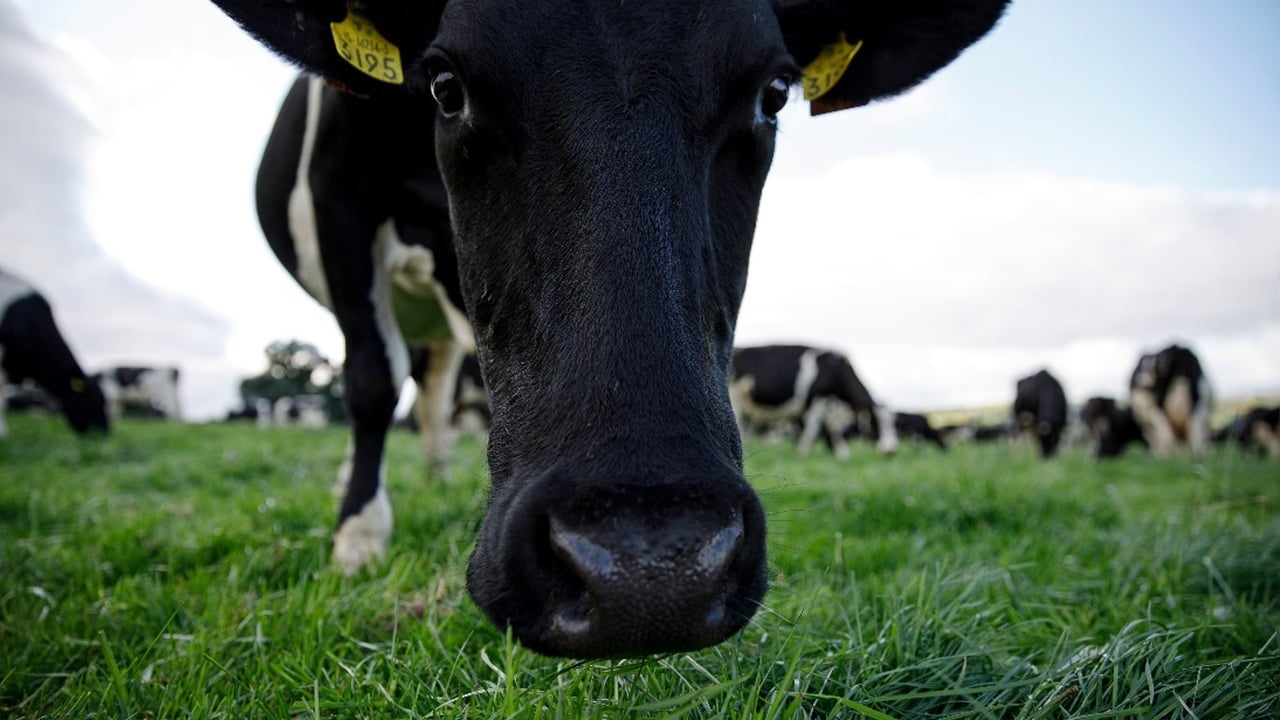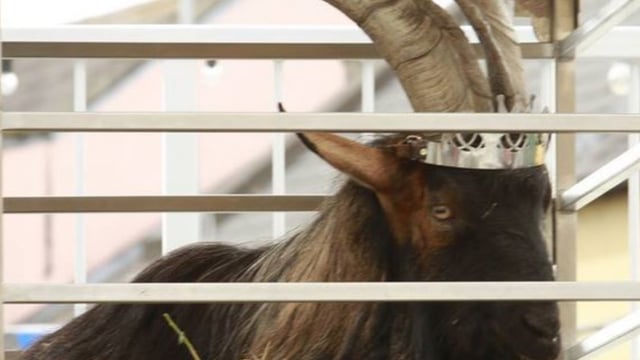Research reveals 13% reduction in GHG emissions per kg of milk produced
Research into the abolition of milk quotas and agriculture's contribution to greenhouse gas (GHG) emissions has found that GHG emission intensity per kilogramme (kg) of milk produced decreased by 13% between 2000 and 2017.
This means that dairy farmers are producing each kg of milk with considerably fewer emissions than 20 years ago.
The research - a collaboration between the National University of Ireland Galway (NUI Galway), Teagasc and University of California, Davis - drew on data from the Teagasc National Farm Survey from (2000-2017), as well as data on emissions per farm, calculated as part of the work Teagasc conducts on sustainability.
The aim of the research was to explore how changes in production methods have influenced GHG emission intensity during a time of significant policy change for the dairy sector, specifically the abolition of milk quotas in 2015.
Dr. Doris Laepple, lecturer at NUI Galway explained to Agriland:
"Agriculture accounts for 35% of GHG emissions. Cutting these requires a contribution from agriculture."
The research also found that dairy farmers have made considerable improvements in terms of environmental efficiency over time.
Dr. Laepple explained:
"Absolute GHG emissions have increased by 86% per farm between 2000-2017, while milk output has increased on average by 123% over the same time.
A 'strong negative correlation' between productivity and emission per kg of milk produced was also identified.
So, what do these findings mean for the dairy industry?
"On average, productivity increases can contribute to lowering GHG emission intensities," Dr. Laepple said.
"However, pushing productivity growth as a mitigation option for GHG emissions from the dairy sector is not a panacea.
Productivity gains need to be achieved through increasing output with the same or fewer inputs, such as improved breeding or grassland management, she added.
GHG emission intensity are GHG emissions per litre (L) of milk produced. Absolute GHG emissions are GHG emissions per farm (these are also calculated by enterprise, i.e. dairy). Lower emission intensity will result in lower total emissions when milk production is constant, this link gets more complicated when milk production increases, as has been the case in Ireland over the last decade.





